Words and Photography: Peter Henshaw
Fred Spaven is not your average classic bike restorer. True, he does commute to work on a BSA Bantam, and his shared workshop contains various British and early Japanese bikes as well as Frazer Nash parts and (when I visited) an ex-Jochen Rindt F1 project. But the Cambridge engineering graduate is young and wants to do something about climate change.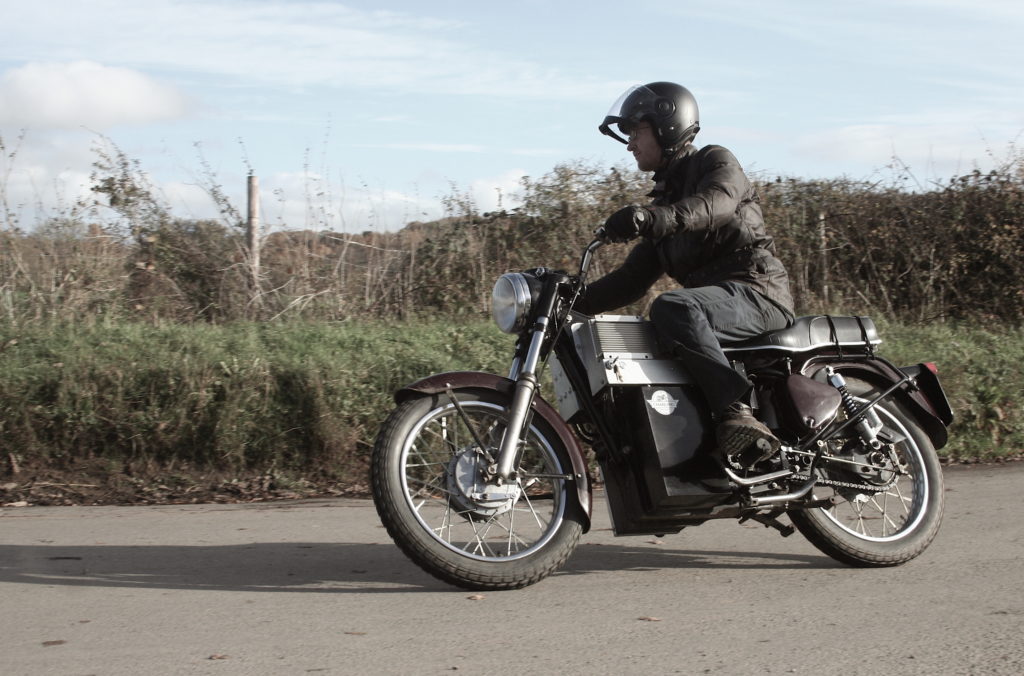
No classics were harmed in the making of the ‘Charging Bullet’
That’s when the inspiration for an electric conversion took hold. Fred found secondhand Nissan Leaf batteries were the cheapest way to do it – over 350,000 Leafs have been built so far, so the batteries are cheapish and available. Better still, they come as self-contained boxes about the size of a laptop, so they can be stacked. It took a lot of research to find a suitable controller and battery management system, and he settled on a Saietta brushed DC motor. It was also important to him that the conversion was reversible, so he designed a subframe which would fit the existing engine mounts.
That’s right, you can relax, because no classics were harmed in the making of the ‘Charging Bullet’ as Fred calls it. Re-converting to the original four-stroke single would be relatively straightforward. Two big alloy plates were cut to accommodate the twelve Leaf lithium-ion batteries, stacked in the big steel box which sits in the engine bay. Together, they add up to 6Kwh, and to put that in perspective, a typical electric moped has around 2Kwh, while a Zero offers 14.4Kwh.
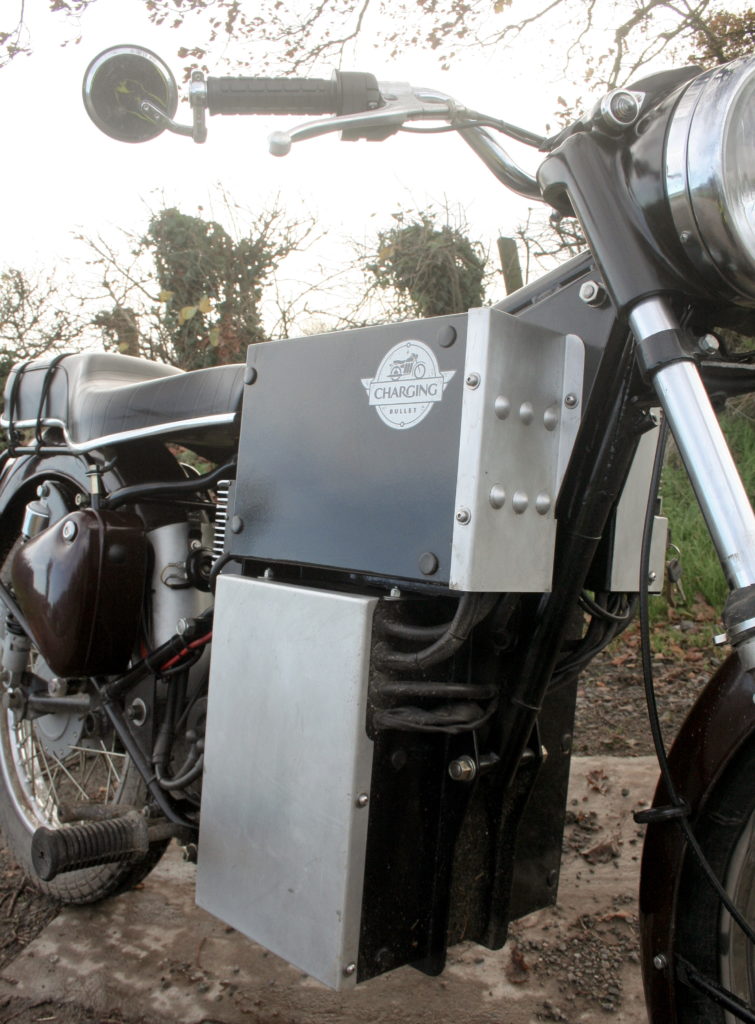
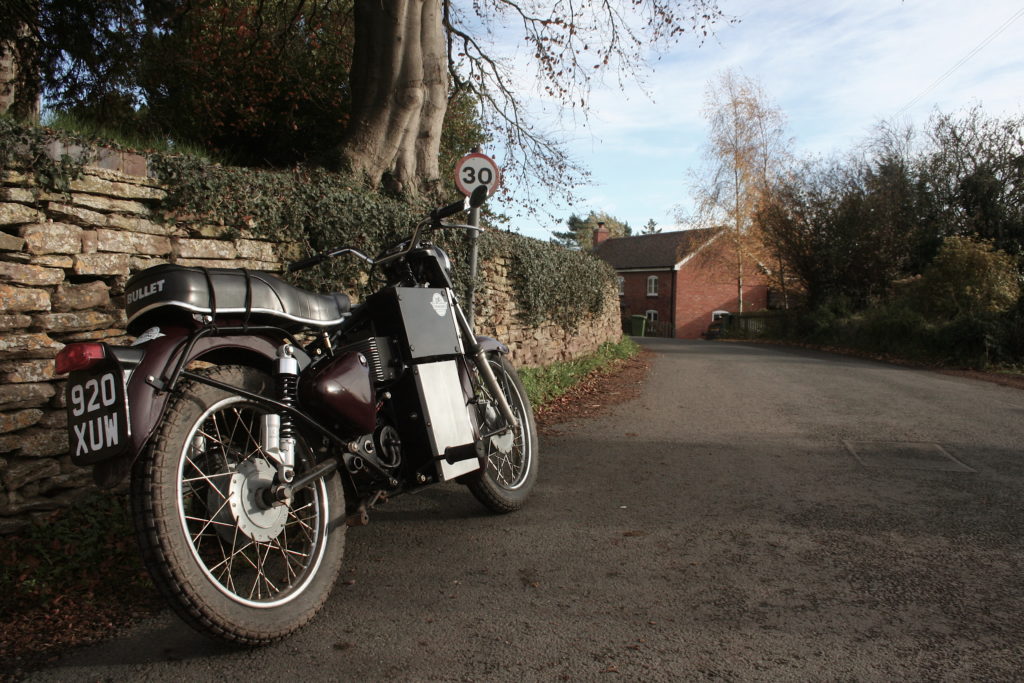
E-asy Rider
Climbing aboard the Charging Bullet feels very familiar, with the same classic upright riding position as a standard Bullet, similar weight to the petrol-powered original, and even the view from the seat has barely changed, complete with headlight nacelle and single speedo. Only a couple of LED warning lights, plus a charge-meter in place of the ammeter, suggest that something is different.

The power delivery works well around town: performance was enough for mid-town traffic, and is very controllable, with the smoothest, most gentle of pick-ups from less than walking pace. The Bullet is a small, slim bike by modern standards, so it’s easy to filter through traffic. With such easy power delivery, this would make be a great learner’s bike, and by the same token, the low speeds power delivery would make this a decent trials bike. Out of town, the e-Bullet accelerates up to an indicated 55mph, though it felt slightly faster, and it’s happy to cruise at 40-50mph. This was the right speed for the Herefordshire lanes and quiet roads I was riding on, and it was all very restful. An adrenal-booster this is not.
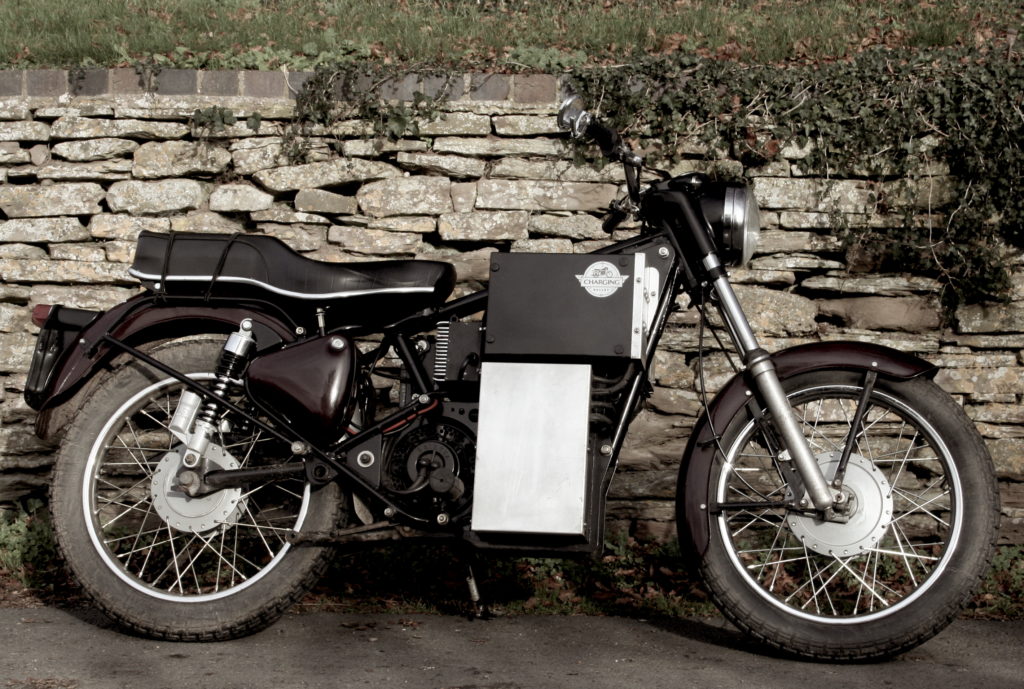
If you like Royal Enfield Bullets, this one handles like all the others. At around 180kg, it weighs about the same as the 350cc original, and weight distribution isn’t much different either. That translates into good steering and secure handling on its Avon tires, with no twitching, wallowing or other unpleasant stuff. The drum brakes are pure ’60s classic, which means you get a progressive but not very strong rear brake and an OK front. It’s also worth reminding yourself there’s no big four-stroke single engine braking.
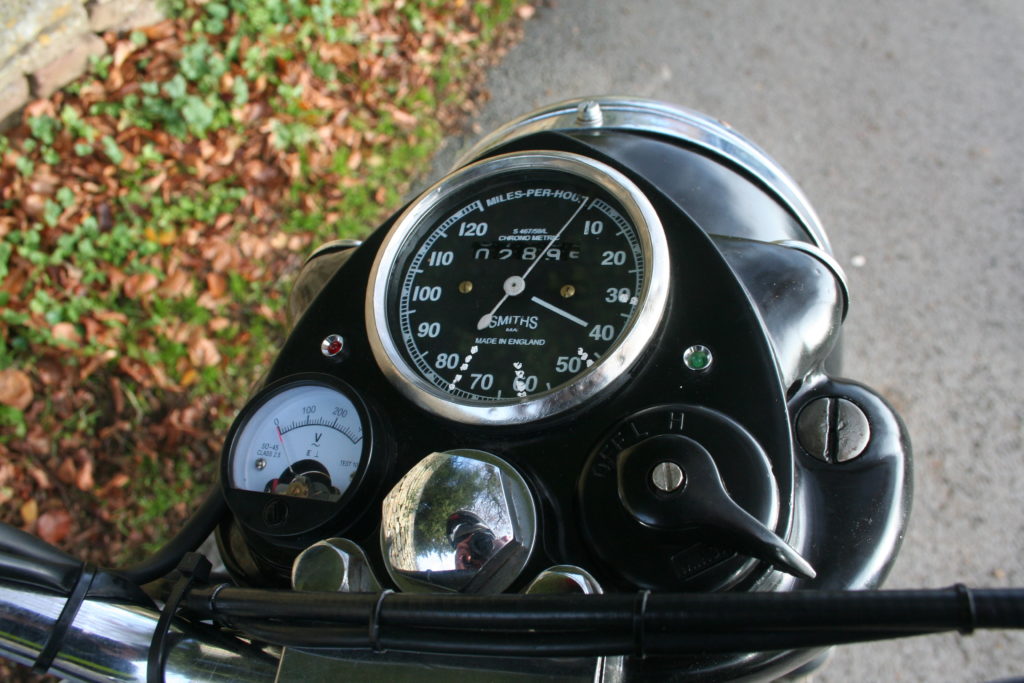
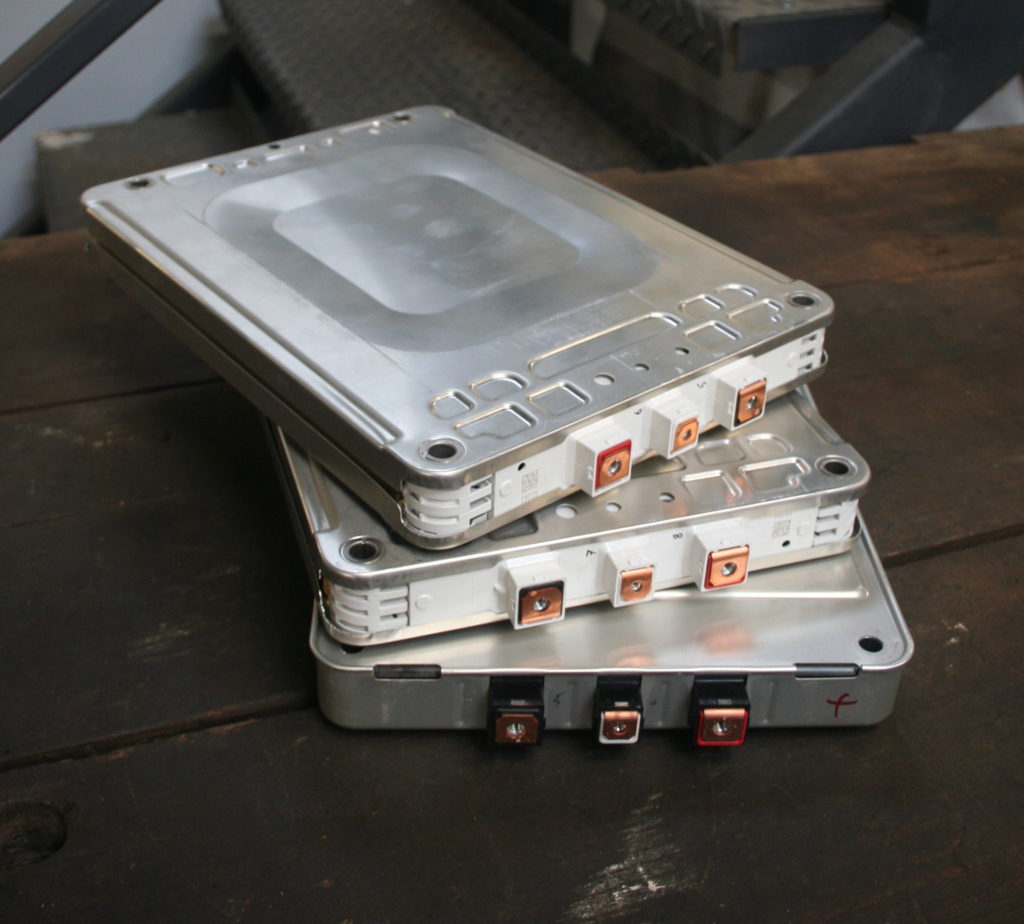
Would you like one?
Fred Spaven is now offering the Charging Bullet as a conversion to customer bikes, at around £7000. A more affordable option is a kit of parts which owners can fit themselves. ‘I would supply the subframe, adaptor plate, plus boxes for the batteries and electronics,’ says Fred, ‘and tell customers where they can buy the motor, batteries, controller and so on. Then I’d offer as much advice as they need to put it together.’ He stresses that there’s no cutting and shutting of the original bike, and that it’s completely reversible.
Is it missing the point?
Surely the whole point of a bike like the Bullet is the visceral feel of its thumping petrol-powered single and the way you interact with it via the clutch, four-speed gearbox and twistgrip. Next to that, some would say, the electric version has lost its four-stroke soul. As the owner of a diesel-powered Bullet, I can understand that, and the Charging Bullet, seamless and silent as it is, does lack the ICE sounds, smell and feel that we all love.
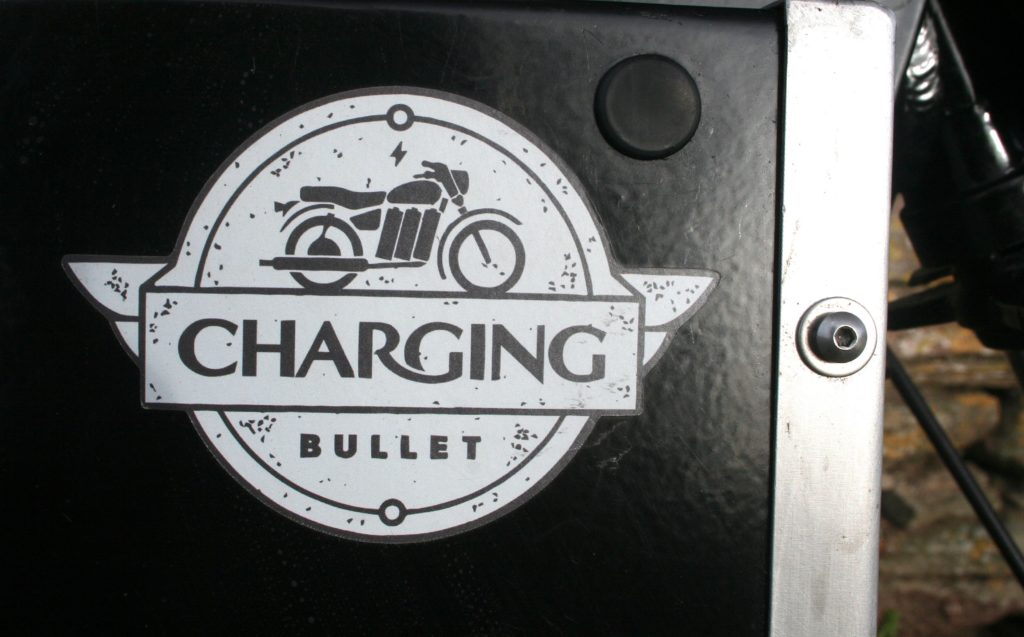
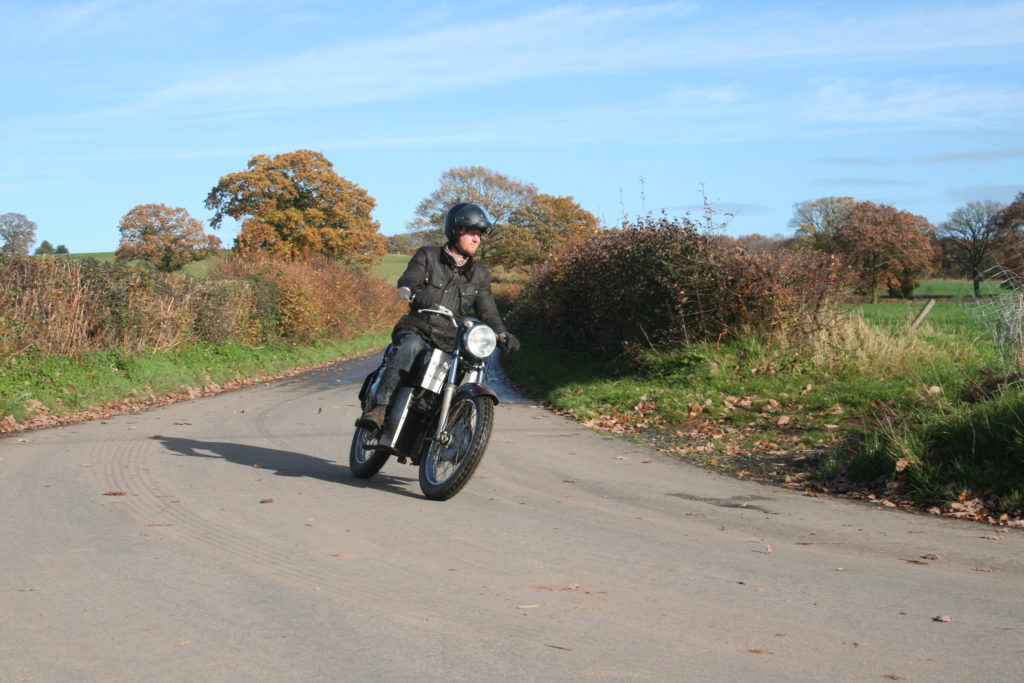

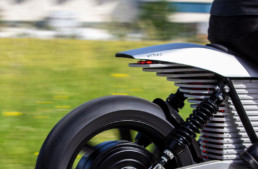

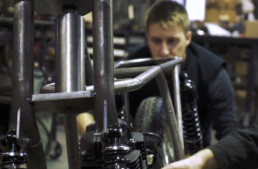
I know Fred well and he is one of the nicest guys and best engineers I have met.
I wish him every luck with all his projects and for anyone looking for a guys that understands old machinery and new technology then look no further – Fred is the real deal.
I am glad he is getting some recognition for all of his hard work.
Good luck mate!
Angus
The Classic Motor Hub